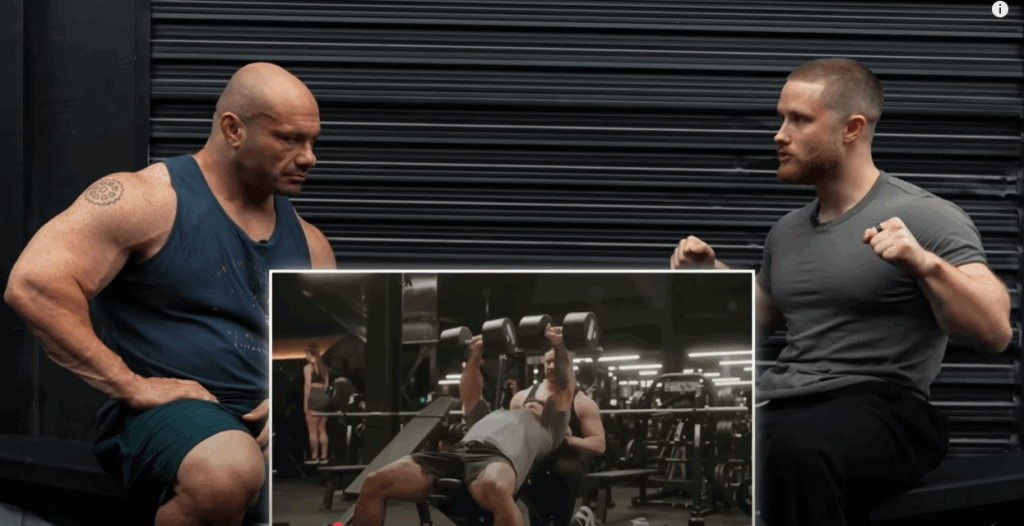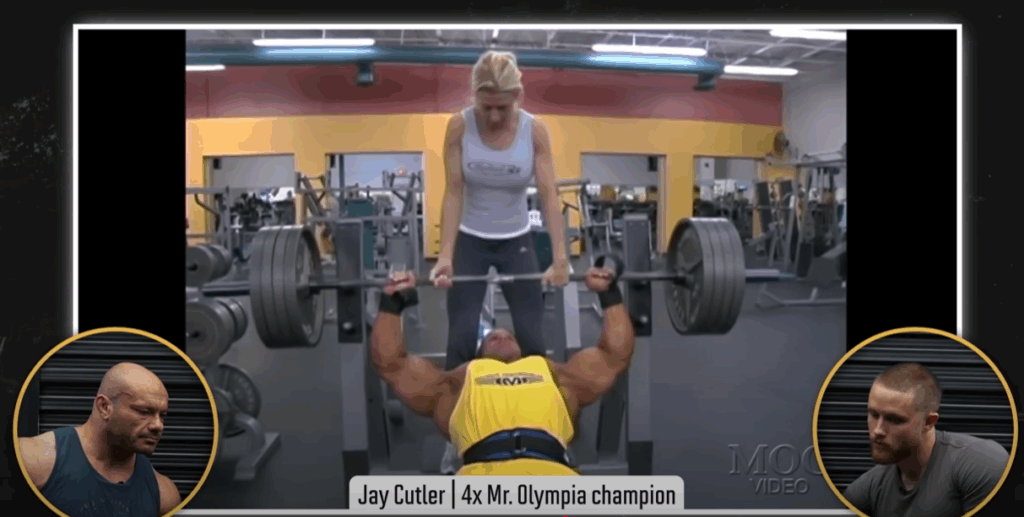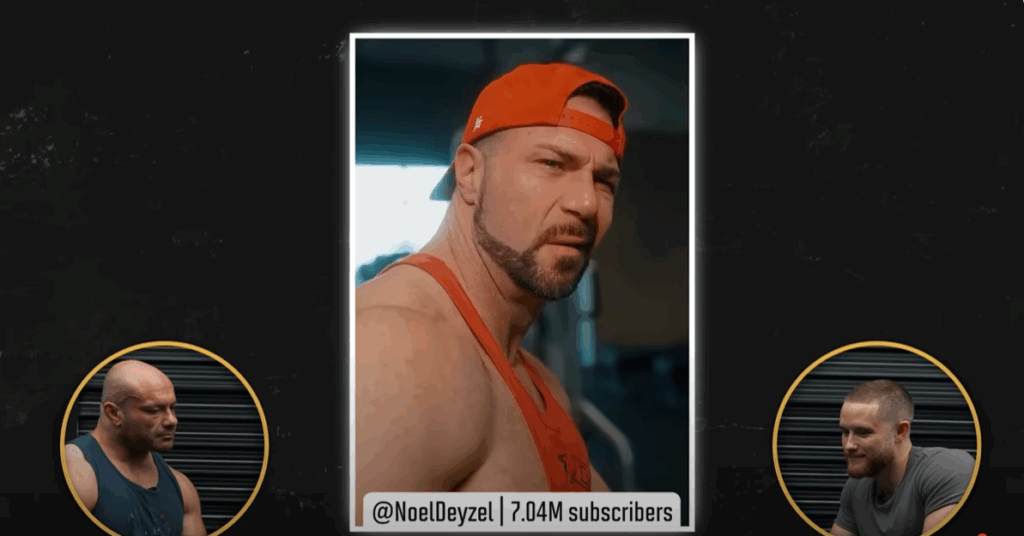Breaking Down Modern Bodybuilding: Science, Steroids, and Smarter Training
In today’s fitness world, there’s more information than ever—yet confusion often reigns. Between traditional bodybuilding wisdom and cutting-edge sports science, it can be difficult to know what really works. This article distills expert analysis on the training methods of legendary bodybuilders, the risks of performance-enhancing drugs, and how scientific principles can refine muscle-building strategies for safer, more effective results.

Could Ronnie Coleman Have Been Even Better?
Ronnie Coleman is widely regarded as one of the most iconic bodybuilders in history. His size, strength, and dominance on the Olympia stage remain unmatched. Yet some experts argue that, despite his unparalleled physique, there were ways his training could have been safer and even more effective.
The core of the argument revolves around training optimization. Coleman often used extreme loads, high volume, and brutal intensity—all at once. While these variables helped him grow, they also contributed to his severe injuries later in life. A more evidence-based training approach—focused on managing fatigue, tracking recovery, and leveraging hypertrophy-specific programming—may have preserved his joints while enhancing results.
Scientific models like maximum recoverable volume (MRV) suggest that increasing volume over time—without overstepping recovery—could have added even more quad development, for example. Coleman’s legendary genetics and work ethic would have likely responded even better under a refined system. That’s not a criticism of the man—rather, it’s an evolution in the way we understand training today.

Steroid Culture: Hype vs. Reality
The conversation around steroids in fitness remains controversial. Many influencers glamorize the results, while downplaying the mental and physical risks. In reality, most people are not equipped—medically, financially, or psychologically—to safely use performance-enhancing drugs (PEDs).
An often-overlooked aspect is the mental toll. Steroid use can amplify anxiety, affect mood regulation, and even impair cognitive function. Physical side effects include acne, premature hair loss, and long-term hormonal suppression. For younger individuals, it can even stunt vertical growth.
Even testosterone replacement therapy (TRT), while medically legitimate for those with clinical hypogonadism, is misunderstood. TRT aims to restore normal levels—not supercharge performance. While consistent hormonal levels may enhance recovery and mood, it won’t turn an average lifter into a professional athlete.
The most sobering truth? Some people respond incredibly well to steroids. Others do not. Genetics plays a major role. Simply taking PEDs does not guarantee elite aesthetics or massive muscle gains.

Influencer Training: The Good, The Bad, The Misguided
Social media has turned fitness into performance art. While some influencers bring solid form and effort to their training, others push questionable methods for the sake of views. Let’s break down a few common trends:
1. Overloading Without Purpose
Many influencers train with unnecessarily heavy weights—especially on machines like the Smith squat or barbell row. While this looks impressive, it increases injury risk without offering proportional gains. Controlled, moderate weight with good form typically stimulates more hypertrophy with less joint stress.
2. Training to Failure vs. Smart Programming
Using advanced techniques like partial reps or momentum-based rows can be beneficial, but only if integrated properly. Many lifters sacrifice technique for intensity, resulting in poor stimulus-to-fatigue ratios. Controlled eccentrics and proximity to failure remain superior tools for muscle growth.
3. Incline Presses and Giant Dumbbells
Using massive dumbbells for incline pressing can look badass, but it doesn’t always lead to better results. Often, a slower tempo, deep stretch, and pause at the bottom of the rep provide more effective muscle stimulation—especially for the upper chest—without requiring circus-level weights.
Exercise Science vs. Gym Bros
Science-based training has gained traction, but there’s still pushback from “old school” lifters who believe hard work beats all. In reality, both are important.
Progressive overload, mechanical tension, volume, and intensity are all well-established principles in hypertrophy research. However, blindly chasing new “optimal” techniques without mastering foundational lifts often leads to stagnation or burnout.
Choosing exercises that fit your body mechanics, gradually increasing your workload, and staying consistent is what yields long-term success. Novelty should never replace fundamentals—it should enhance them.

The Ice Bath Debate: Useful or Overhyped?
Cold exposure has become trendy in the wellness world, thanks to its psychological toughness appeal and promotion by figures like Andrew Huberman. While some studies hint at possible benefits—like reduced inflammation or improved mood—the muscle-building community should be cautious.
From a hypertrophy standpoint, cold exposure post-training may actually blunt anabolic signaling. On the other hand, heat exposure (like saunas or hot baths) has shown potential in aiding recovery and improving circulation. Cold therapy may offer short-term mental benefits, but it’s no replacement for consistent, intense training and quality sleep.
If you enjoy ice baths, go for it—but don’t expect them to be a secret weapon for gains.
Nutritional Myths and Realities
Some influencers claim that calorie counting is a myth or that specific foods “unlock fat loss.” But research is clear: energy balance determines body weight. Hunger regulation, however, plays a pivotal role in adherence.
Diets that manage hunger well—such as high-protein, high-fiber, or ketogenic diets—can support caloric deficits more easily. But calories still matter. Whether you’re eating cereal or chicken and rice, fat loss requires consuming fewer calories than you burn.
That said, food quality does impact long-term health, hormonal balance, and micronutrient sufficiency. Don’t fear flexibility—but don’t use it as an excuse to eat like garbage either.
The Gym Should Be for Everyone
One of the most encouraging trends in modern fitness culture is growing inclusivity. Social media clips showing experienced lifters encouraging newcomers highlight a shift in gym culture. Everyone starts somewhere, and the best athletes often remember their own journey.
Mocking beginners for poor form or lack of size contradicts the very purpose of training—to improve. A truly supportive gym environment fosters growth, not ego. Welcoming people of all shapes and abilities helps strengthen the entire fitness community.
Final Thoughts: Build Smart, Not Just Hard
Bodybuilding isn’t about blindly lifting the heaviest weight or copying the latest influencer. It’s about understanding your body, setting clear goals, and combining intelligent programming with relentless consistency.
Yes, effort matters. But so does recovery. So does execution. So does sustainability.
As the fitness world evolves, so should our approach. Train hard—but train smart.



